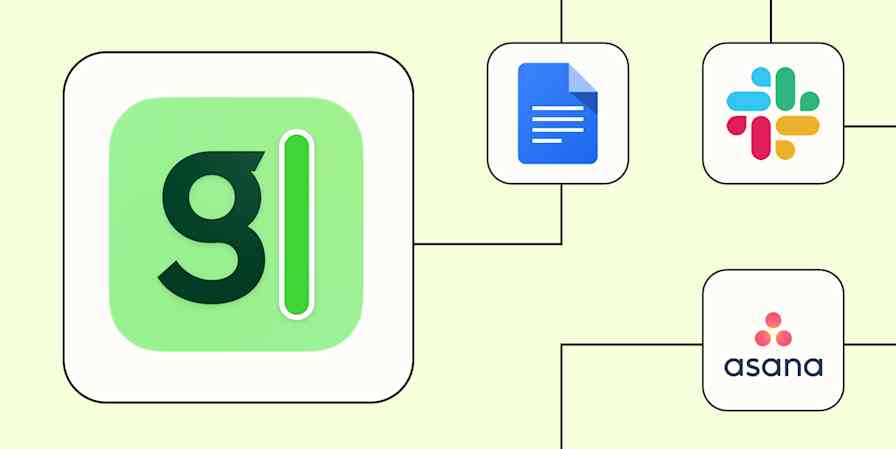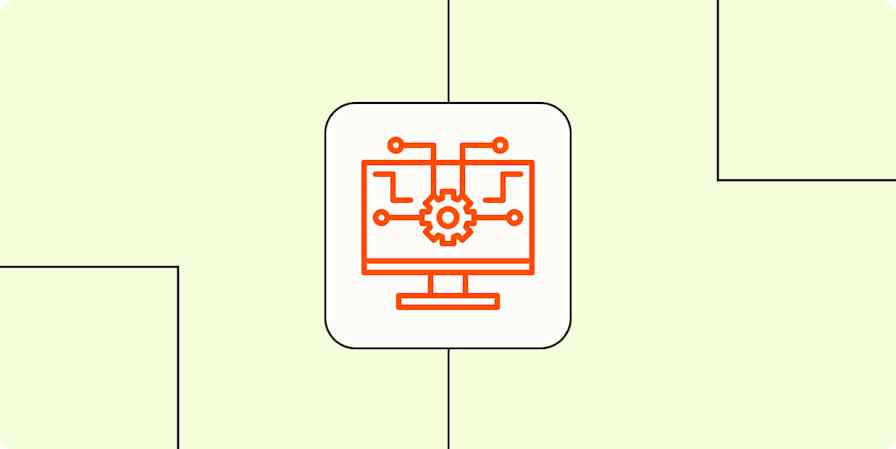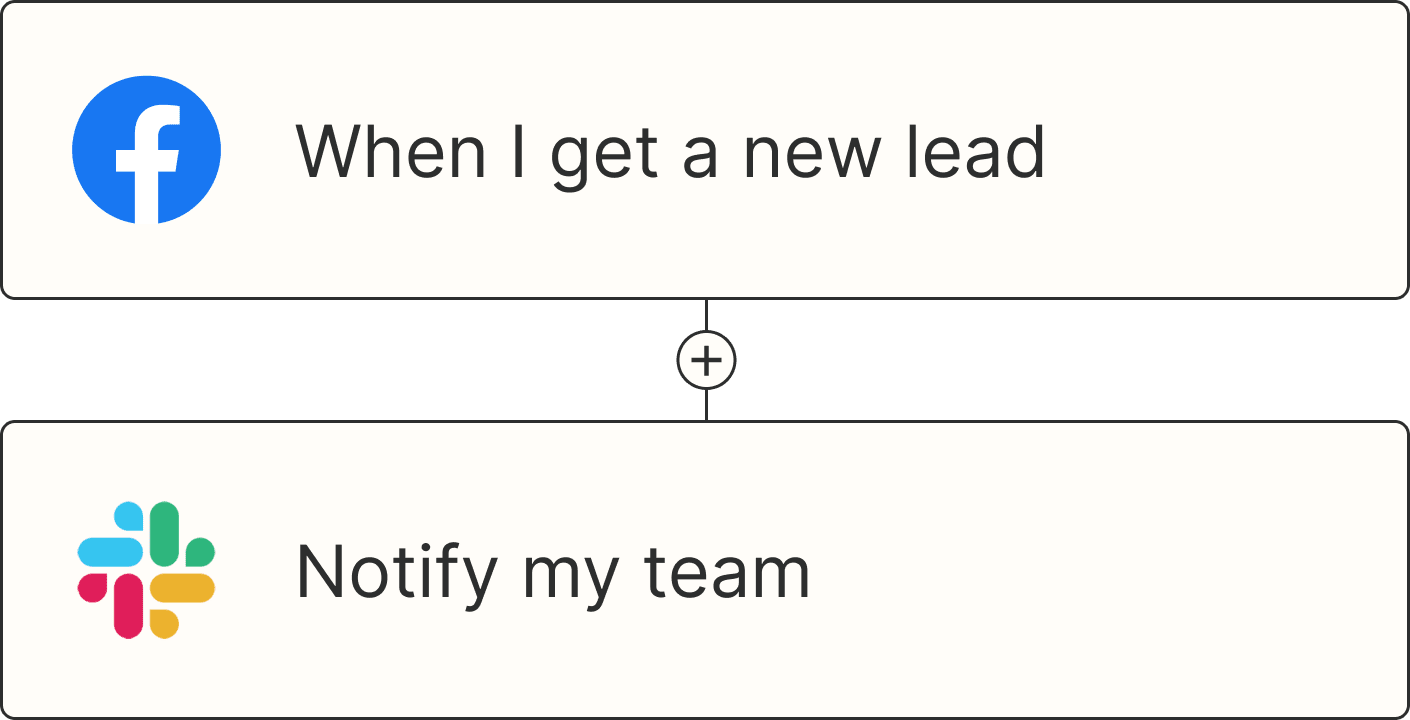Democratizing AI in the workplace means giving everyone—not just technical teams—access to AI tools so they can scope, build, and maintain AI-powered workflows.
When the benefits of AI feel locked behind technical expertise or expensive resources, only a small fraction of people—those with access to data science teams, custom-built tools, or significant budgets—get to fully leverage its potential.
At Zapier, we believe that AI should be accessible, practical, and impactful for anyone, no matter their role or technical background. That's what we mean when we talk about democratizing AI: making sure that every team member gets to fully leverage its potential. Because AI is far more powerful when it's put directly into the hands of the people actually doing the work.
Here's what it looks like to democratize AI across your organization—and five reasons why you should.
Tabla de contenido:
What does it mean to democratize AI?
Democratizing AI means making AI tools accessible to everyone. It's a buzzy way of expressing Zapier's long-standing mission: to make automation work for everyone. AI is simply the next evolution of that mission—an extension of automation that empowers anyone, regardless of technical background, to leverage powerful tools that save time and amplify impact.
In practice, here's what AI democratization can look like across your organization.
Customer support: Equipping agents with AI chatbots that deliver accurate, context-aware answers to customer questions, and intelligently prioritize and route tickets based on preset criteria.
eCommerce: Orchestrating AI workflows that automatically parse marketing-friendly product copy into structured data—like size, material, and SKU—so fulfillment teams have the information they need to pack and ship orders.
Sales: Building AI-driven workflows that read incoming SMS replies, extract intent and scheduling info, and automatically book appointments with prospects.
Revenue operations: Using AI-powered automations to enrich lead data, summarize sales conversations, and instantly update CRM records—freeing reps to focus on closing deals instead of admin tasks.
5 benefits of democratizing AI across your organization
Letting everyone use AI isn't just about handing out access cards to shiny new tools—it's about changing how your whole company operates. When AI becomes something everyone can tap into (not just the folks with "engineer" in their title), you start to see ripple effects across productivity, creativity, and even culture.
Here are some of the biggest benefits of making AI a company-wide capability.
1. Faster time-to-value
When process owners build and maintain their own automations, they can adapt instantly—closing the loop and maximizing ROI.
Jenica Blechschmidt, director of product management at Zapier
One of the biggest advantages of democratizing AI is how quickly ideas can turn into impact. When the people who know the workflow best are also the ones empowered to build it, there's no delay—they can spot an issue, design a solution, and adjust it as soon as the process changes.
As Jenica Blechschmidt, director of product management at Zapier, puts it: "When process owners build and maintain their own automations, they can adapt instantly—closing the loop and maximizing ROI."
Zapier lets you orchestrate smart solutions as quickly as your brain comes up with them. Ideas don't have to be fully fleshed out, either. All you have to do is tell Zapier Copilot what you want to create, and it'll help you build sophisticated, cross-product automations that connect all your favorite tools and processes—no dev support required.

That ability to iterate in real time means teams move at the speed of the business. Workflows stay aligned with shifting priorities, ROI shows up faster, and IT can focus on guiding strategy instead of chasing tickets. It's a model where everyone benefits: business users gain flexibility, and the whole organization gains momentum.
Learn more: How to orchestrate AI workflows with Zapier: A step-by-step guide
2. Lower costs and less overhead
Another upside of democratizing AI is that it spreads the work around. When business teams can manage their own workflows, small tweaks and updates no longer have to compete with bigger engineering priorities. That means fewer delays and less time spent chasing down fixes.
It also changes the role of your technical teams. Instead of being pulled into maintenance mode, engineers can focus on higher-impact, creative projects while still providing guardrails and expertise when needed. Business users get more flexibility, IT gets more breathing room, and the overall cost of keeping automation running smoothly goes down.
The end result: lower overhead, more strategic bandwidth, and a model that actually scales as the organization grows.
3. More innovation, closer to the problem
The people who understand a workflow best are usually the ones living it day to day. For example, a recruiter knows which parts of the hiring process slow things down, while a marketer knows the exact point in the campaign cycle where handoffs get messy.
That's why, when domain experts are equipped with tools to build their own AI-powered solutions, innovation happens faster, adoption sticks, and AI becomes part of your organization's DNA rather than a one-off experiment.
For example, at Viva, Adnan Khan led a company-wide initiative to turn every executive assistant into an AI builder. What began with a single Zap designed to simplify one daily task evolved into a full-fledged learning culture. Viva's EAs now follow a structured AI competency framework covering prompting, automation, and business acumen, progressing from "explorers" to "builders." Daily mentoring sessions, a shared repository of EA-specific automations, and tangible results—like cutting briefing prep time in half—have made AI part of everyone's workflow. The result is a cultural transformation where every assistant contributes to innovation.
4. Built-in scalability
Scaling AI isn't about adding more headcount—it's about expanding who can participate. When every team has the tools to create and adapt their own automations, adoption spreads naturally across the organization.
Developers still play a vital role, but as advisors and enablers rather than gatekeepers. That combination—broad access plus expert guidance—sets the foundation for growth that compounds over time.
5. Stronger governance
Opening up AI doesn't mean sacrificing control. With the right platform, governance is built in. For example, Zapier gives you enterprise-grade control, including role-based access, audit logs, approval flows, and real-time monitoring, to keep your automations safe and visible.
Instead of risking AI being used in the shadows, this creates a balance where teams are empowered to move quickly, while IT leaders retain confidence that everything is secure and auditable. Far from being a risk, democratization paired with strong guardrails actually strengthens governance by giving leaders more visibility into how AI is being used across the organization.
Democratize AI with Zapier
Before you tell your teams to go forth and AI-ify workflows using whatever tools they can get their hands on, don't. The key to successfully integrating AI into company-wide workflows is to give everyone a shared foundation: a platform that lets them build, experiment, and scale AI safely.
That's where Zapier comes in. As the leader in AI orchestration, it gives users the flexibility to build sophisticated AI-powered workflows across thousands of apps, all while giving IT the governance and visibility to keep automations compliant and secure. This way, you don't have to choose between innovation and control—you get both.
For example, your sales team could build an automated workflow that automatically uses AI to score and summarize new lead records in your CRM. From there, it routes qualified prospects to the right rep in Slack and logs the interaction. Meanwhile, IT maintains oversight through role-based permissions, audit logs, and approval flows, ensuring every AI connection and data transfer meets your company's standards.
Lectura relacionada:










